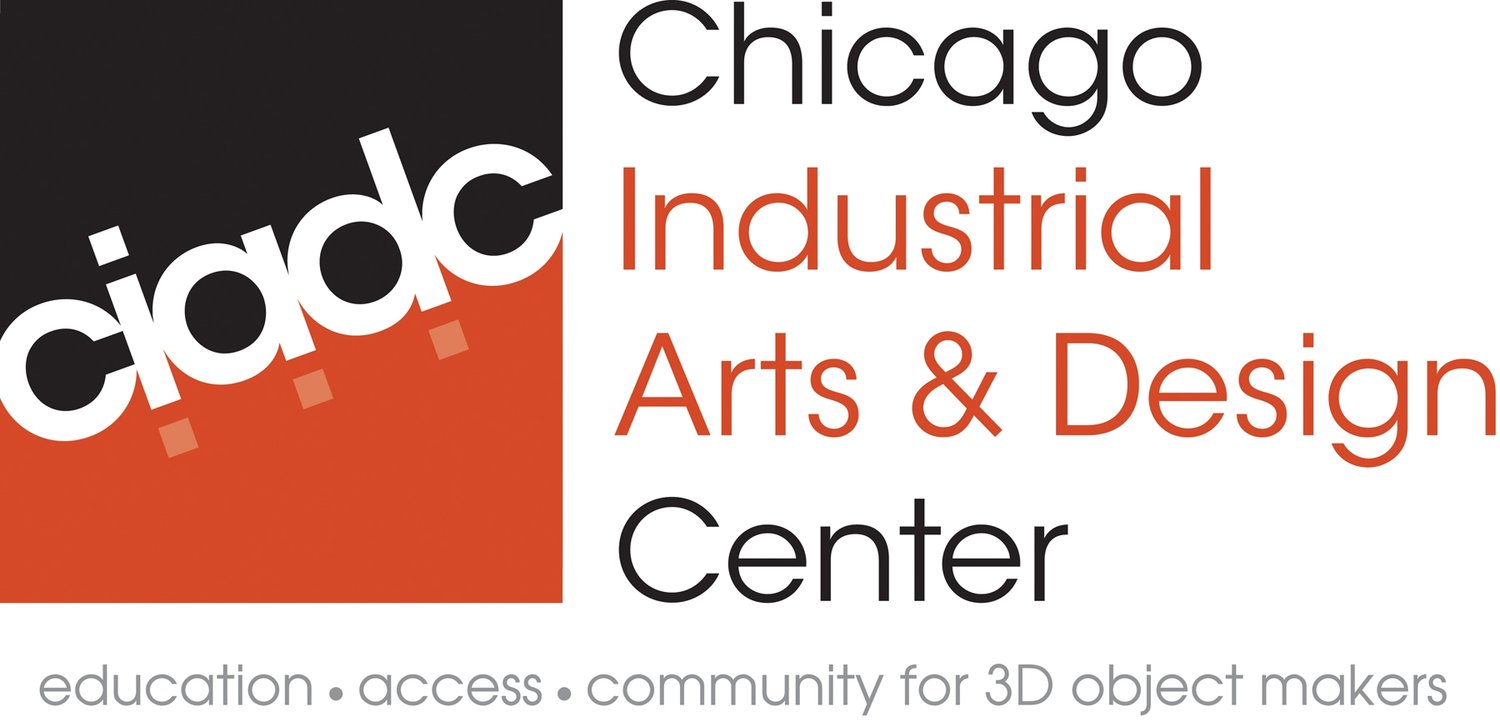NS: That’s the disconnect . . .
LM: That’s what I’m saying.
NS: . . . that stuff’s in the world.
LM: I know, and like there aren’t squirrels on farms other places?
NS: Well . . . there might not be tons of squirrels in like, the middle of Iowa or whatever . . .
LM: That’s true.
NS: . . . maybe there are, I don’t know.
LM: There are animals though, for sure. And this idea that the food that you get from the supermarket has never been a part of nature – is obviously just silly.
NS: We rent too, and we didn’t set out to have a garden, but at Roman Susan we put together this exhibit where it was decided that rather than building pedestals – we priced it out – we found we could have Home Depot deliver two hundred cinder blocks to us and we could make them out of stacked cinder blocks. And then, of course, the exhibit was over and we had two hundred cinder blocks . . . and we were just like, what the hell are we going to do with these things?
LM: [Laughter]
NS: So, I convinced my landlord to let us have these cinder block beds. So, it’s the same thing – it’s kind of a wild amount of effort someone who is renting, but it’s really cool that they’re there, and there are all these guys that hang out in front of our house, because there are a lot of group homes everywhere around there, and they hang out at the bus bench in front of our house to smoke. Anyway, they are always telling me, Oh yeah! The mice – not mice. The rats come and visit your garden every night. And I’m just like, yeah, shrugs.
LM: Yeah, what are you going to do?
NS: The annoying thing is – they don’t like tomatoes, but they will bite one every night to make sure they still don’t like them.
LM: Yeah, it’s so maddening. Yeah, so that’s actually the project that I was working on today, the triangle I was making is going to be part of a series of supports for frames for my garden that will have either mesh, or – the idea I’m working under is that it’s going to be both to keep rodents out in the summer, but then also those panels can be switched out for plexiglass panels to make it into a cold frame in the spring. So the triangle is just to set over the bed and then the screens or the plexiglass fit in over.
NS: There’s a lot of other green stuff around our garden, yard, trees, et cetera. And so lots of rodents just get distracted, there’s plenty to go around. There are tons of rabbits, so we put marigolds around everything because they don’t like their scent, plus rabbits don’t like nightshades? So that’s good. But, well, rats and stuff – not to be deterred by the scent of anything.










































